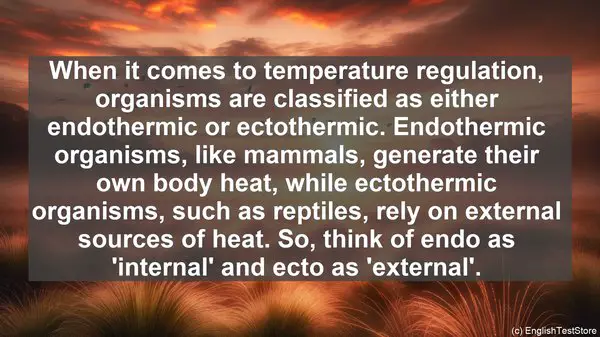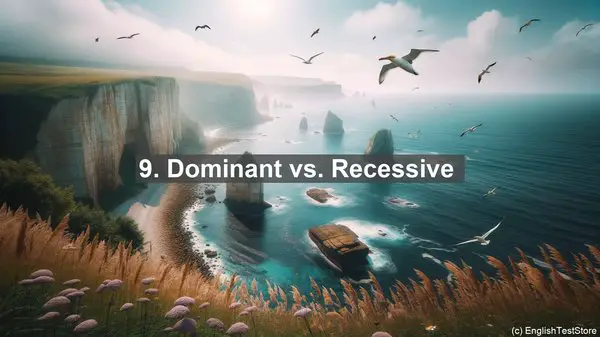Introduction
Today, we’re going to dive into the fascinating world of integrative biology. But before we do, it’s important to clarify some commonly confused words that often trip up even the most seasoned biology enthusiasts.

1. Homologous vs. Analogous
One of the most common confusions in biology is between homologous and analogous structures. While both refer to similarities, homologous structures share a common ancestry, indicating evolutionary relationships. On the other hand, analogous structures serve similar functions but do not have a common evolutionary origin.
2. Genotype vs. Phenotype
Genotype and phenotype are terms often used in genetics. Genotype refers to the genetic makeup of an organism, while phenotype is the observable physical or biochemical characteristics resulting from that genetic makeup. In simpler terms, genotype is the blueprint, and phenotype is the end product.
3. Endothermic vs. Ectothermic
When it comes to temperature regulation, organisms are classified as either endothermic or ectothermic. Endothermic organisms, like mammals, generate their own body heat, while ectothermic organisms, such as reptiles, rely on external sources of heat. So, think of endo as ‘internal’ and ecto as ‘external’.
4. Autotroph vs. Heterotroph
Autotrophs and heterotrophs are terms used to describe an organism’s source of energy. Autotrophs, like plants, can produce their own food through photosynthesis, while heterotrophs, including animals, rely on consuming other organisms for energy. Autotrophs are the ‘self-feeders’, while heterotrophs are the ‘other-feeders’.

5. Prokaryotic vs. Eukaryotic
When it comes to cellular structure, organisms are classified as either prokaryotic or eukaryotic. Prokaryotic cells, found in bacteria, lack a nucleus and other membrane-bound organelles, while eukaryotic cells, present in plants and animals, have a well-defined nucleus and various organelles. Remember, prokaryotic is ‘before nucleus’, and eukaryotic is ‘true nucleus’.
6. Allele vs. Gene
In genetics, alleles and genes are often used interchangeably, but they have distinct meanings. A gene is a specific segment of DNA that codes for a particular trait, while alleles are different versions of that gene. So, think of genes as the ‘category’ and alleles as the ‘options’ within that category.
7. Producers vs. Consumers
In an ecosystem, organisms can be classified as either producers or consumers. Producers, like plants, produce their own food, while consumers, such as animals, rely on consuming other organisms. Producers are the ‘makers’, and consumers are the ‘users’.
8. Mitosis vs. Meiosis
Mitosis and meiosis are two types of cell division. Mitosis is the process by which a single cell divides into two identical daughter cells, while meiosis is a specialized form of cell division that results in the formation of gametes, or sex cells, with half the number of chromosomes. Mitosis is for ‘growth and repair’, while meiosis is for ‘reproduction’.
9. Dominant vs. Recessive
When it comes to traits, they can be either dominant or recessive. Dominant traits, represented by uppercase letters, are always expressed in the phenotype, while recessive traits, denoted by lowercase letters, are only expressed when there are two copies of the recessive allele. Dominant is the ‘stronger’ trait, while recessive is the ‘weaker’ trait.
10. Hypothesis vs. Theory
In scientific research, a hypothesis is an educated guess or a proposed explanation for a phenomenon, while a theory is a well-substantiated explanation that has been extensively tested and supported by evidence. A hypothesis is like a ‘suggestion’, while a theory is a ‘well-established fact’ in the scientific community.
